World Wildlife Day 2016: Eight endangered animals being driven to extinction by humans
World Wildlife Day is marked on 3 March to raise awareness of the planet's wild animals and plants.
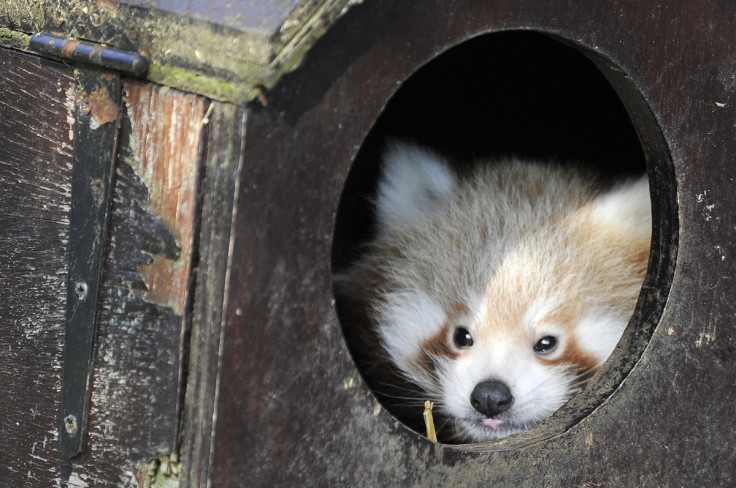
World Wildlife Day is marked on 3 March to raise awareness of the planet's wild animals and plants. It was introduced by the United Nations in 2013 on the same day as the signature of the Convention on International Trade in Endangered Species of Wild Fauna and Flora (CITES).
This year's theme is 'The future of wildlife is in our hands', focusing specifically on African and Asian elephants, populations of which are plummeting as a result of habitat loss, overgrazing, farming and illegal poaching.
The illegal wildlife trade is being driven by demand for products made from animal parts, including rhino and elephant tusk, pangolin skin and shark fin. Here are some of the endangered species we are driving to extinction.
Northern Bald Ibis
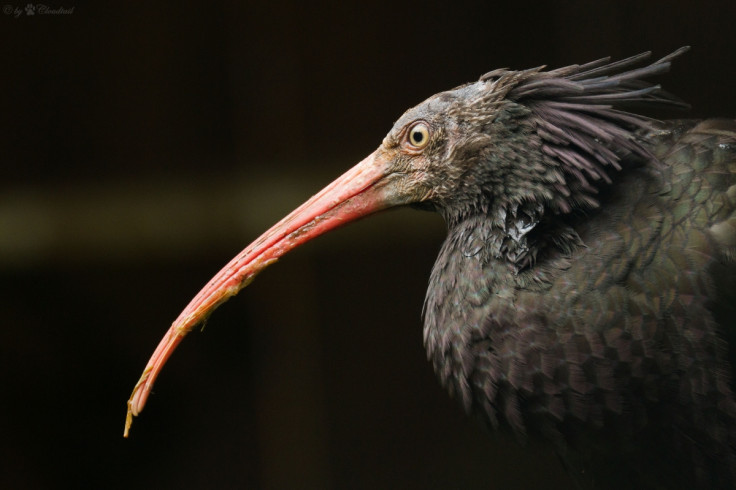
The Northern Bald Ibis is considered critically endangered. The species has undergone long-term decline for a number of years and only has a very small population remaining. This has been compounded by the war in Syria, with Islamic State (Isis) militants capturing Palmyra – where the only breeding colony in the country was found. Threats also include illegal building and disturbances close to breeding cliffs, along with hunting (including trophy hunting) and pesticide use.
Red panda
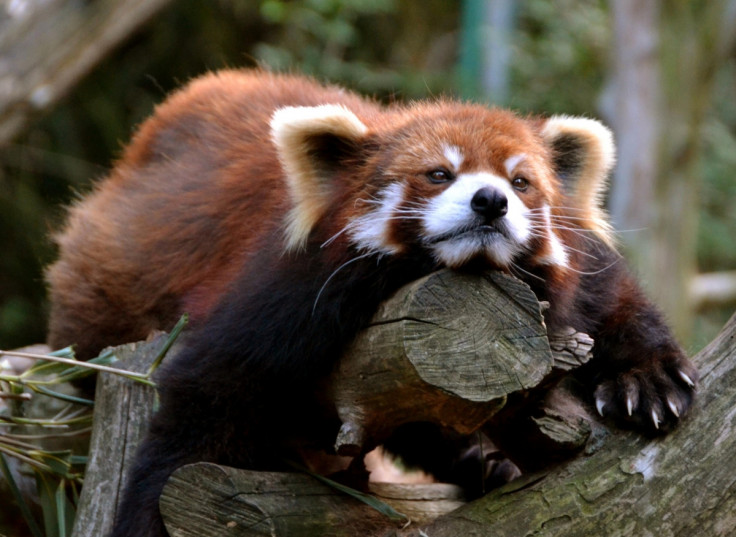
Red pandas are listed as endangered, with less than 10,000 individuals left in the wild and their numbers declining. As well as their dwindling population being fragmented into subpopulations, they are also being killed by humans for wild meat, medicine and pelts, while logging is shrinking their natural habitats. Further to this, there have been increasing reports of poaching and smuggling, with an increase in them being traded as pets in China.
African Wild Ass
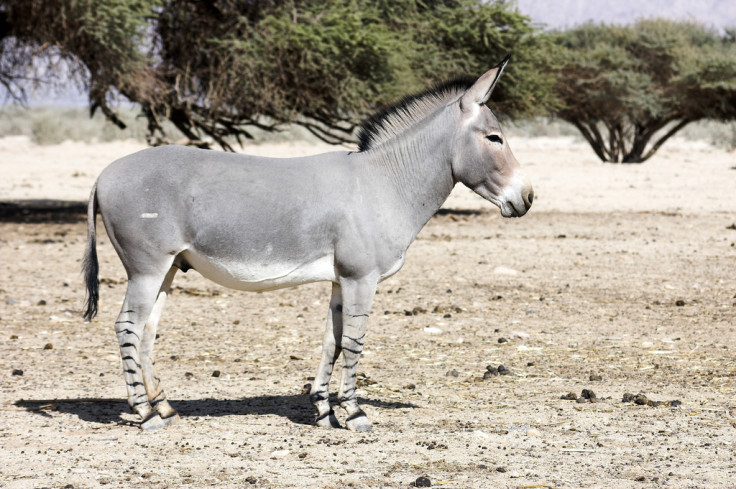
There are around 200 mature individuals left of the critically endangered African Wild Ass. Scientists believe their ever declining numbers is largely the result of human hunting. The animals are killed for food and traditional medicinal purposes – their bones are used to treat tuberculosis, constipation, backache and rheumatism. They also have limited access to drinking water because of competition with livestock.
White-winged Flufftail
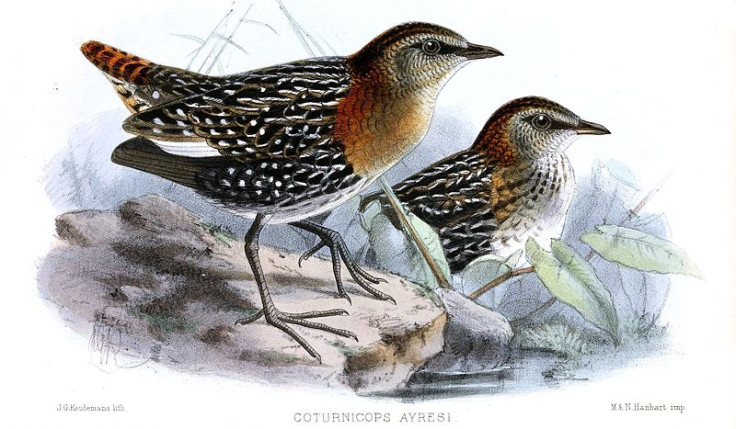
Thewhite-winged Flufftail is a little bird, measuring around 14cm, is found in Ethiopia and South Africa. The enigmatic and little known species is critically endangered, with its population now believed to be "extremely small". The biggest threat facing the bird is the continual loss of habitat (seasonal marshes) because of cultivation and forestry, flooding by dams, burning and livestock grazing.
African Penguin
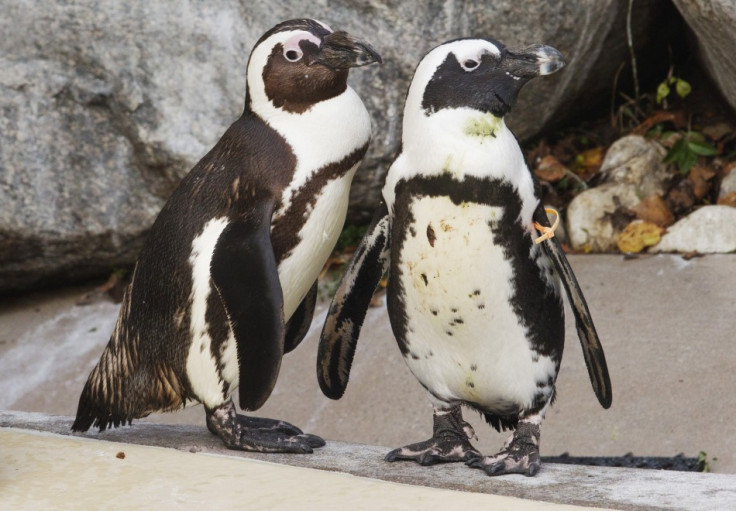
African penguins are listed as endangered. Standing at around 60cm in height, they are only found in the southern waters of Africa. The population is currently undergoing a rapid population decline because of commercial fisheries and shifts in prey populations – with no sign of these trends reversing. It was estimated there were around 55,000 left in 2010. As well as fishing, African penguins are also threatened by tourists who cause nest burrows to collapse and deter adults from breeding, while oil spills pose a major risk to their health.
Tiger

All species of tiger are endangered, with the biggest threats they face being habitat loss and poaching. Large scale efforts are currently being made in China and Russia to improve Amur tiger populations, but elsewhere conservation remains a major problem. Deforestation is narrowing down its range, bringing them into contact with humans, while also cutting off corridors for individuals to meet and breed. Demand for their skins and body parts for traditional medicine also means they are widely poached.
Sea otter
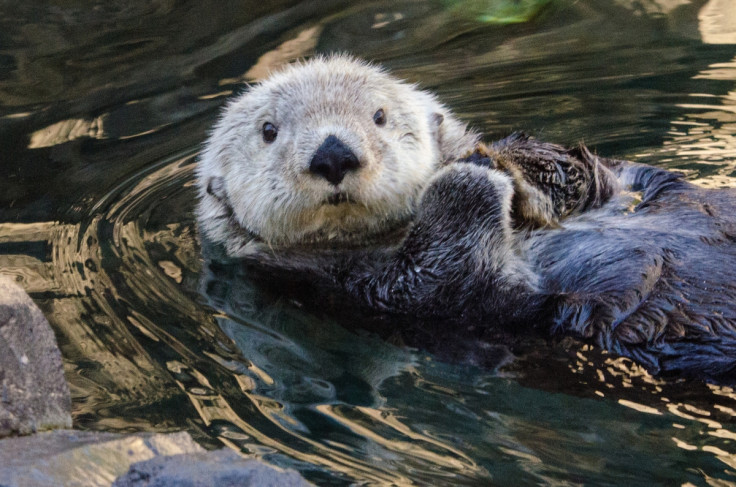
Sea otters are considered endangered because of huge population declines – their numbers have dropped over 50% in the last 45 years. At the end of the commercial fur trade, sea otter numbers had fallen to just 2,000. Over the following decades they rebounded, but have since had new threats facing them. At present, the biggest problem is oil spills, which cause them to get hypothermia – their fur unable to retain its insulating properties. They are also regularly drowned as a result of commercial fishing.
Pygmy Hippopotamus

Pygmy hippopotamus numbers are decreasing and they are listed as endangered. There are estimated to be around 3,000 left in the wild. One of the biggest threat facing the species is hunting. They are killed for their meat and their skulls are traded for use in rituals and traditional medicine. Their habitat is also being threatened by increasing mining activity, meaning populations are becoming fragmented.
© Copyright IBTimes 2025. All rights reserved.






















